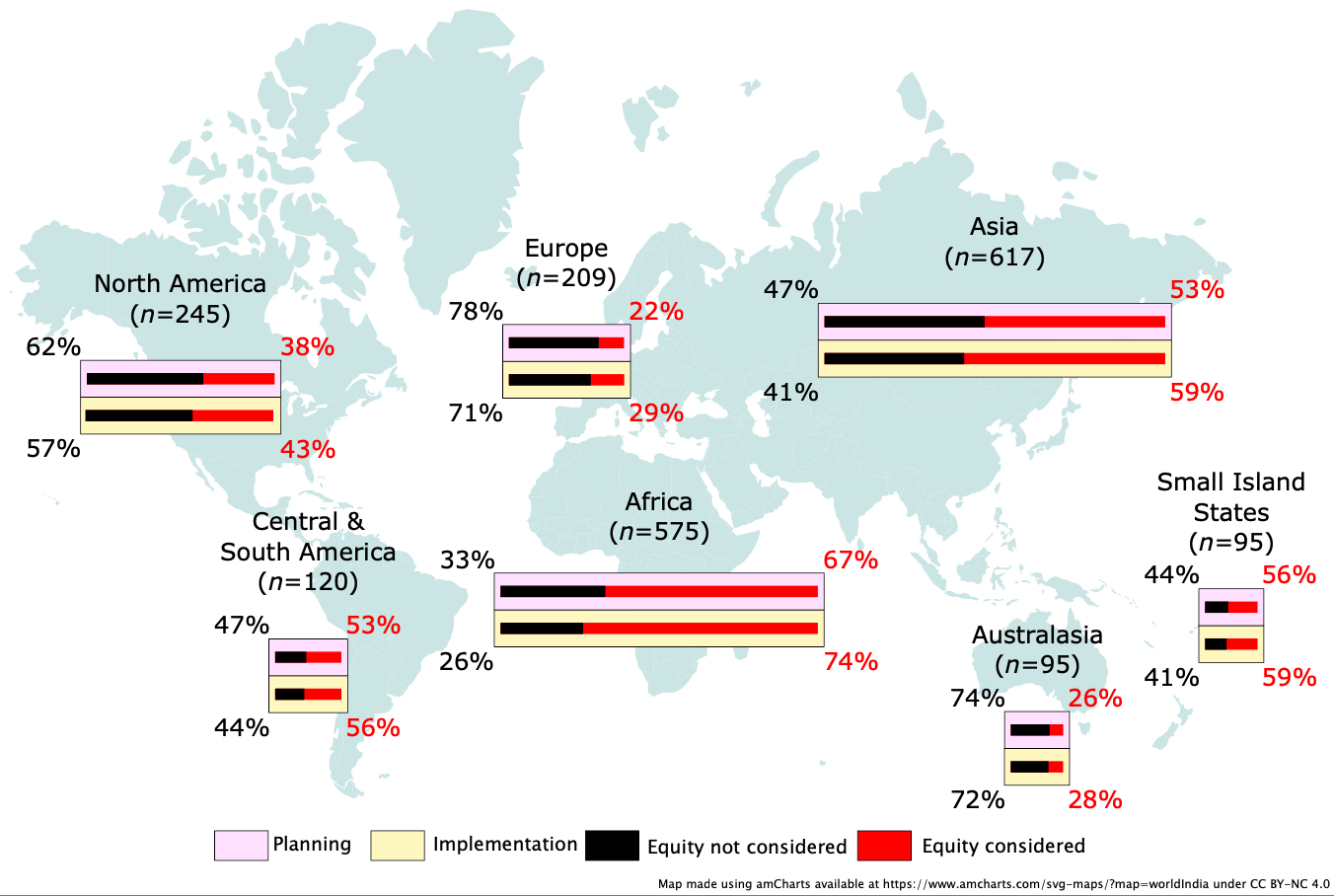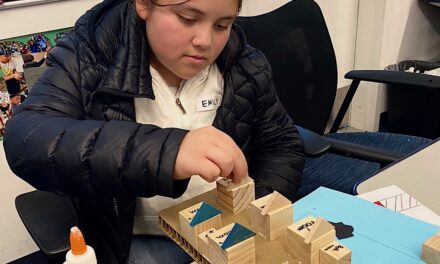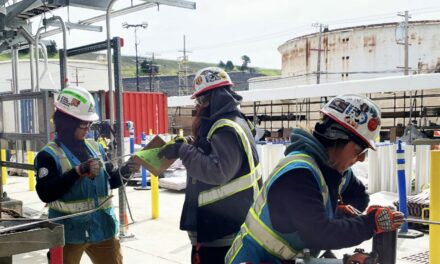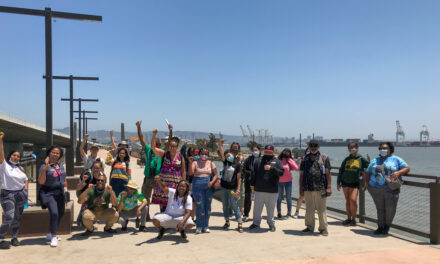Global Study Finds Adaptation Progress Local Not Societal
Behind the public fanfare and declarations of international climate negotiations, like the COP26 conference that just ended in Glasgow, are thousands of researchers on the Intergovernmental Panel on Climate Change (IPCC) who toil for years to summarize the science on every aspect imaginable of climate change so policymakers have the best available facts to work from. But when hundreds of scientists working on the IPCC tried to summarize the research on how humans are adapting to climate change, they ran into a big problem: nobody was keeping track.
“A lot of times they’re mapping adaptation intentions or policies, like what do governments want to do?” explains Kripa Jagannathan, a UC Berkeley scientist. “But what is actually happening … wasn’t actually mapped out.”
The resulting Global Adaptation Mapping Initiative, or GAMI, ultimately roped in more than 120 scientists from across the world, over three years, to screen nearly 50,000 scientific papers published about adaptation to climate change within the last decade. The unfunded, international effort, which Jagannathan describes as “an absolutely crazy project,” was led by Lea Berrang-Ford at the University of Leeds in the U.K. and culminated in a massive summary published in October 2021.
Analyzing the 1,682 research papers that described adaptations already underway showed that societies across the world are starting to change to better confront the climate crisis. But “responses to climate change were largely local and incremental, with limited evidence of rapid, extensive, or transformative change,” wrote the research team. And they found “negligible evidence of risk reduction, the underlying aim of adaptation.”
For example, research about building seawalls or people migrating away from a high-risk region is already skewed towards papers about the best way to do it in theory, or considerations of ethics and policies; the seawalls and people in these articles are imaginary. But even among research focusing on real-life people and places trying to be more resilient to climate change, very little addresses whether it’s working. Are the seawalls really protecting people better? Are people migrating from their homes any safer for doing so?
Avery Hill, a Stanford researcher who assisted with the scientific grunt work of organizing some of the papers, says that while the results were unsurprising, they can be powerful if used to shape future research and policy.
That’s already occurring to a degree. The mapping initiative inspired two dozen of the involved researchers, including Jagannathan, to launch another major analysis from the same database of scientific papers—this time, focused on equity in climate adaptation research. The team found that climate adaptation research in North America, Europe, and Australasia was unlikely to consider equity; the same went for adaptation articles about cities. The people most at risk of more extreme climate damages when equity is ignored include women, Indigenous groups, and low-income populations.
“People are responding to climate change because it’s affecting a lot of people, but it’s not enough,” says Hill. “And it’s not really happening at the right scale.”
Other Recent Posts
Who Will Inherit the Estuary? Training for a Rough Future
The six-month program teaches students aged 17 -24 about the challenges facing communities around the SF Estuary, from Stockton to East Palo Alto.
Split Verdict Over State of the Estuary
Habitat restoration and pollution regulations are holding the Bay steady, but the Delta is losing some of its ecological diversity, says SF Estuary Partnership scorecard.
Volunteers Catch and Release Tiny Owls For Science
In Santa Rosa, citizen scientists capture northern saw-whet owls to help further research on climate impacts to the bird.
Antioch Desalination Plant Could Boost Local Water Supply
The $120 million plant opened this fall and treats 8 million gallons of brackish water a day, 75% of which is drinkable.
How Cities Can Make AI Infrastructure Green
Data centers fueling AI can suck up massive amounts of energy, water and land, but local policies can mitigate the impact.
What to Know about PFAS in Tri-Valley Water
In this nonfiction comic, explore how the city of Pleasanton is dealing with PFAS- contaminated groundwater.
ReaderBoard
Once a month we share reader announcements: jobs, events, reports, and more.
Artist Repurposes Shoreline Detritus
Courtney Griffith scours beaches and parks for everything from plastic to charcoal, mangled ropes and burnt wood to use in her work.
After The Fire: Scenes from Chinese Camp
One of California’s oldest Gold Rush settlements takes stock after a devastating fire — a photo essay.
Youth Group Tackles Heat Islands in Santa Rosa
A new youth advisory team convened by the Greenbelt Alliance and Latino Service Providers is exploring heat disparities in southwest Santa Rosa.










